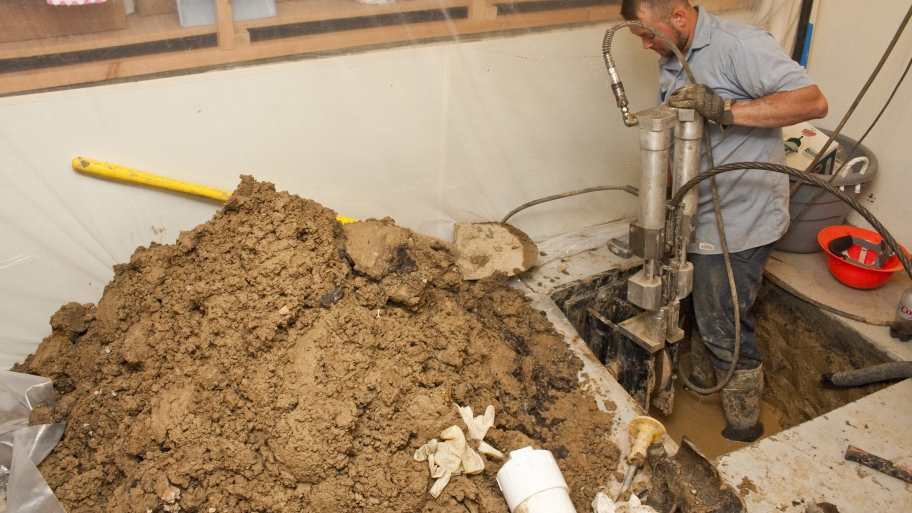The sewer line is a crucial part of every home, yet often overlooked, especially in the process of home-buying. Only a few first-time homebuyers consider checking them before making the purchase, despite knowing that home inspections are beneficial, and in some areas, required.
If the house you’re buying is over 20 years old, then it’s even more important to have its sewer lines inspected. Damages in the sewer line typically occur from tree roots that have begun to wrap themselves around the pipes over the years.
That said, let’s go over all the reasons to inspect a sewer line, how to spot signs of damage, and inspection tips.
Reasons to Inspect Your Prospect Home’s Sewer Line
-
The House is Old
The tree roots that may have already taken over the pipes may have grease and debris that can cause a backup. A backup is when a sewer line is clogged, causing all the plumbing fixtures in the house to also have clogged drains.
/Sewer-Inspections-57ab34c65f9b58974ae5b239.jpg)
-
The House May Still be Using a Cesspool
Houses built prior to the installation of city sewers often relied on cesspools. A cesspool is an excavated pit or artificial reservoir that holds liquids. It’s also considered a dry well or an underground tank for storing rainwater.
You may confuse it with a septic tank, but a cesspool doesn’t have an outlet that drains water into a soakaway, which a septic tank has. Some cesspools were left intact and just inserted with pipes to connect them to the city sewers. By inspecting the sewer line, you’d know whether the old house you’re considering to buy uses a cesspool.
-
The Pipes May be Made of Tar Paper
If you’re buying an even older home built in the 1950s or earlier, there might be a chance that it uses Orangeburg pipes or tar paper, which disintegrates over time. This type of pipe needs to be replaced immediately.
Signs of a Damaged Sewer Line
If you’ve already moved into the old house you bought without inspecting its sewer line, you can look for signs of damage through your plumbing fixtures.
A sewer line clog is most obvious in a toilet, but any low-lying fixture may also exhibit its signs. When you always hear a gurgling sound each time you flush your toilet, or that it doesn’t flush properly, that’s most likely a sewer line clog.
Your tub and shower will also show obvious signs; when wastewater collects in those areas, that means no other thing but a sewer backup.
You can confirm it running the sink closest to the toilet and bath. If it emits a gurgling sound or is also clogged, then it’s certainly a case of a sewer backup. You can also try testing your washing machine; if the water draining from it causes your toilet to overflow or your tub’s drain to backup, then it’s definitely time to call your city’s sewer line repair expert.

How to Inspect a Sewer Line
It’s best to rely on a professional when inspecting your sewer line. They will simply insert a snake with a video camera attached to it to the sewer lines, and you can watch from a monitor. The footage will reveal the cause of damage, as well as the overall condition of the pipes.
If the problem seems to originate from your city sewer, ask your neighbors if they’re having the same plumbing issues as you. If they do, the city utility workers have to fix the problem, but note that they can’t inspect your home’s sewer lines; you have to rely on another professional for that.
Hiring professionals to inspect your sewer lines can be costly, but it’s money well spent, as you’d of course rather live in a home where dirty water won’t go up from your trusty drains.



